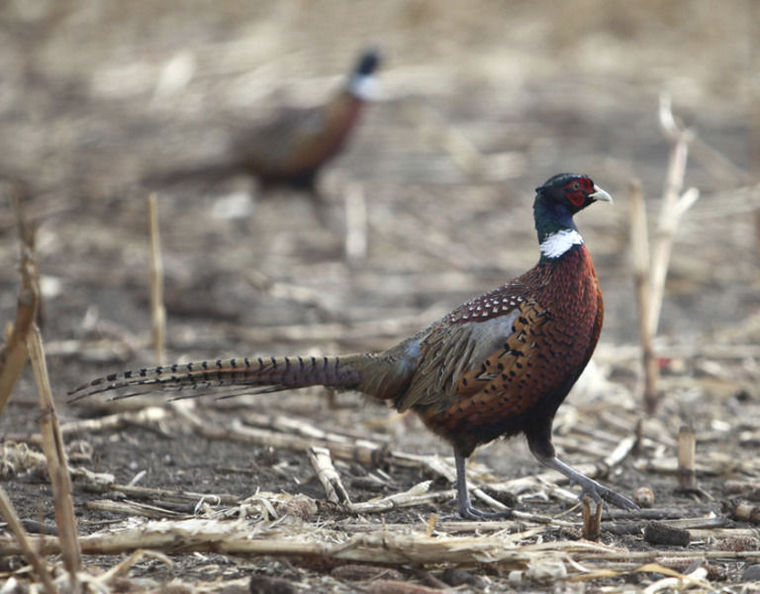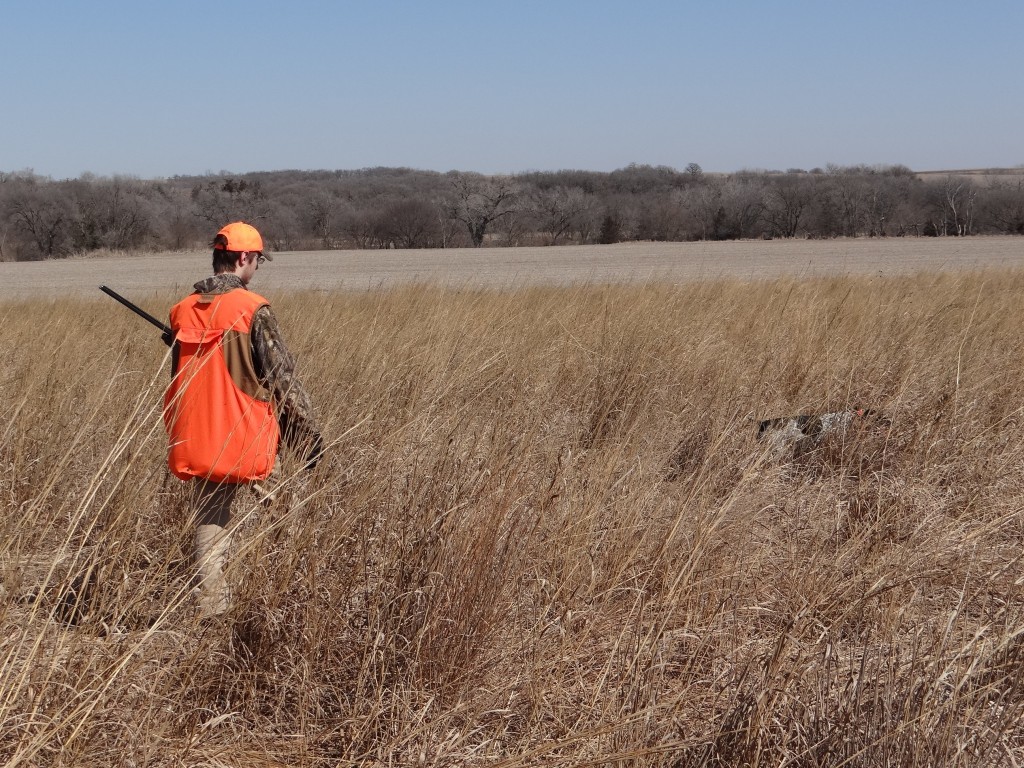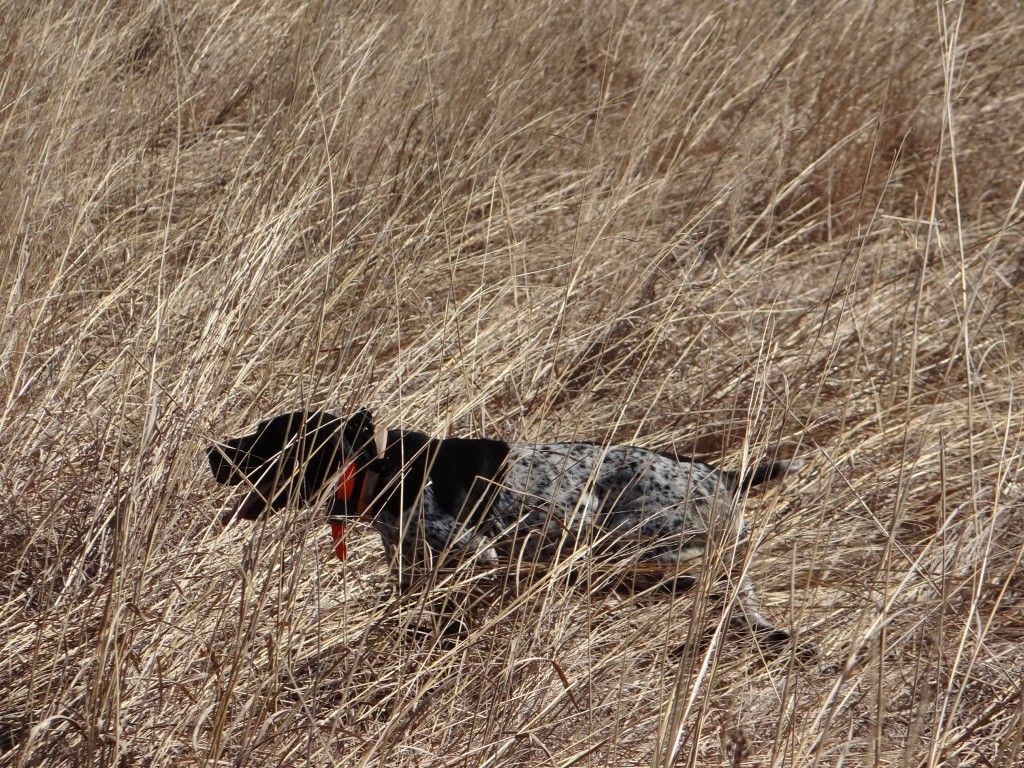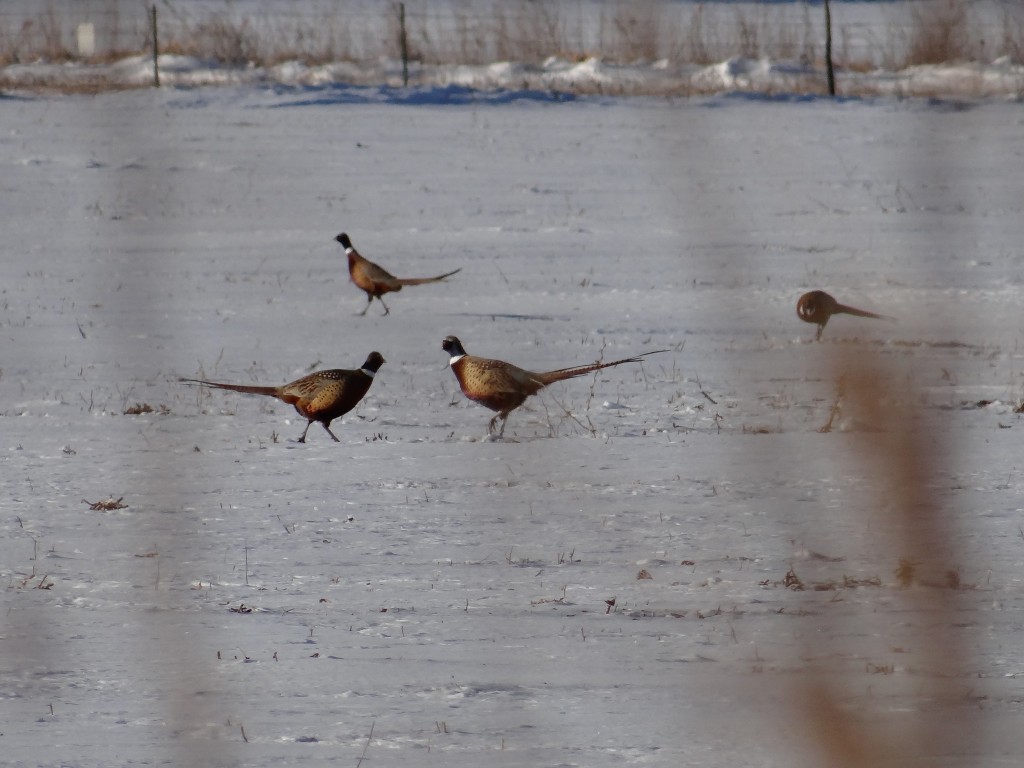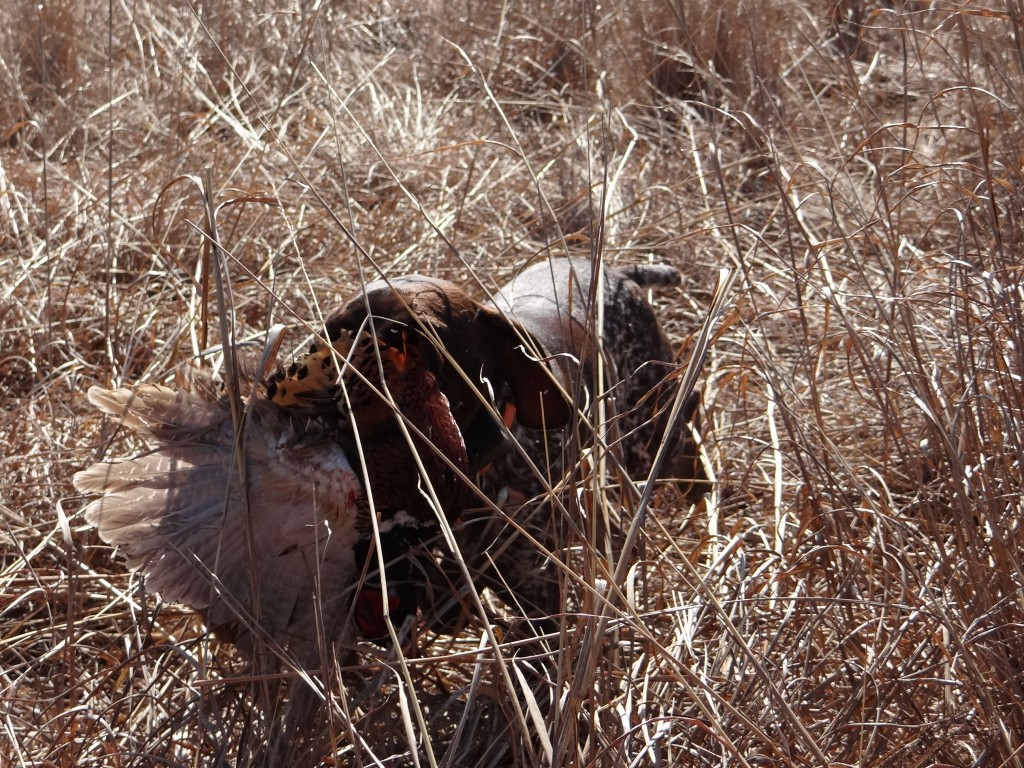Ring-necked pheasants are really a lot like us humans. They live their lives on a fairly predictable, routine basis. When a pheasant hunter learns to understand that schedule and interrupt the pattern, he or she will be on the path to having increased opportunities for success.
Pheasants begin their day waking at roost sites, usually in areas of short to intermediate height grass or weeds where they have spent the night.
At first light, they head for roadsides or other areas where they can find grit (small pebbles or pieces of gravel that help the birds digest food). During this period, you can often see pheasants along gravel roads – since gravel is easy to find in rural Nebraska and roads often act as sort of an edge line bordering different types of cover. Safely scouting these roadsides in the early morning hours is a good way to pattern where the birds are coming from (roosting habitat sites) and where they are going (to feeding areas). Generally, I look for short-grass hillsides or grassy fields near the roadsides where I have obtained permission to hunt to try to intercept the cautious birds traveling back and forth.
After gathering grit, pheasants are hungry and want to fill their crops with food. Their feeding grounds are typically some sort of row crop field where they will eat for a couple of hours from about 8 a.m. through mid-morning.
After feeding, they’ll move to what is called a “loafing” area — which is often the tallest, thickest cover available such as warm-season grasslands, brushy creek bottoms or cattail marshes near or adjacent to row crop fields. The birds will loaf in these spots from mid-morning to mid-afternoon. Loafing sites are among my more productive spots for hunting those ring-necked roosters with a well-trained bird dog!
From mid to late afternoon, pheasants return to their feeding areas because they need to eat again before going to roost for the night. With mild winter conditions pheasants sometimes choose to spend the entire day in the warm sunlight of feeding areas rather than move to loafing cover.
After filling their crop in late afternoon, pheasants go back to their roosting cover for the night — depending on how far it is from their feeding area. This takes place an hour or two before sunset. Despite the weather, in some instances pheasants will stay in one location for feeding, loafing and even roosting – because that one location offers everything needed regarding habitat. This can be the case in weedy crop fields, or roosting areas that contain seed bearing plants that provide adequate food sources for the birds.
Also, keep in mind that the nastier the weather gets, the deeper into cover the ring-necked pheasant will go.
Knowing what pheasants are doing and where they will be throughout the day are key factors that lead to many flushes and success.
Now you know the pheasant’s daily itinerary. Good hunting!
 Nebraskaland Magazine
Nebraskaland Magazine

